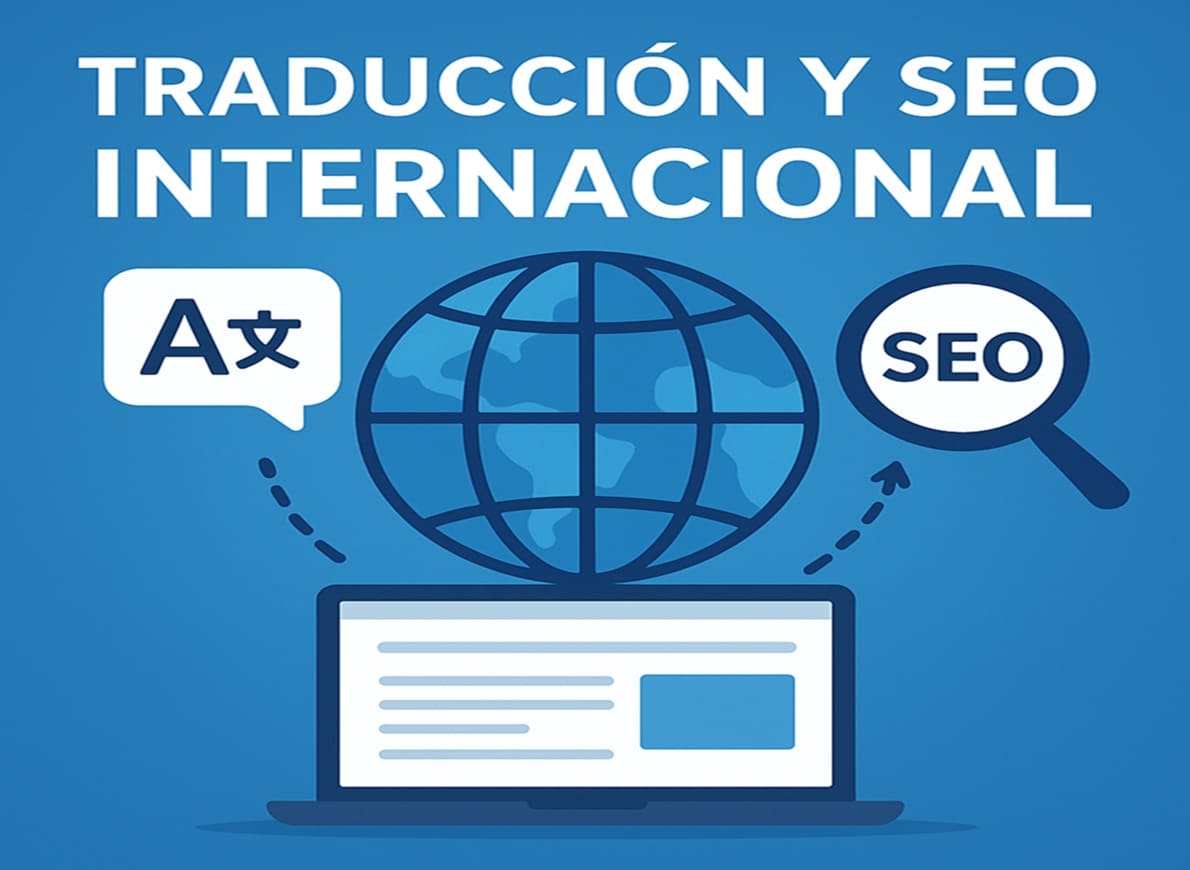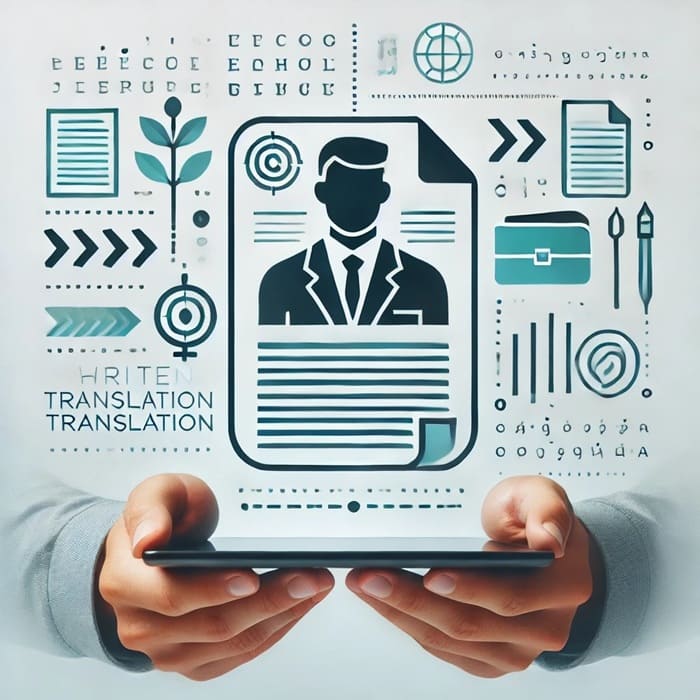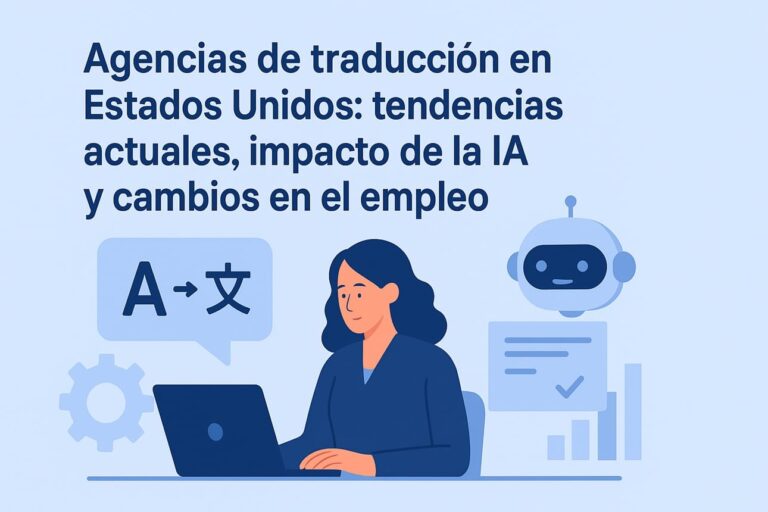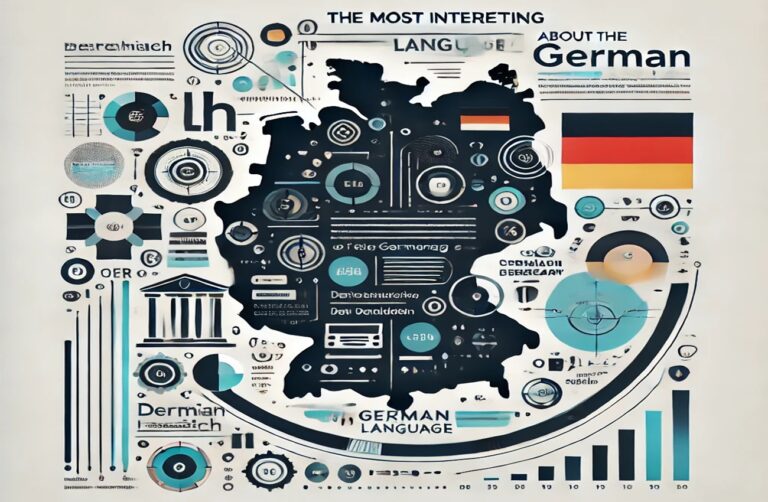Translation and International SEO: The Strategic Alliance to Conquer Google Globally
Boost your global visibility with International SEO and Translation. This strategic alliance is the key for your company to conquer search engines in multiple markets and effectively reach customers around the world. Discover how transcreation and content marketing, along with localisation and multilingual UX writing, reinforce a comprehensive strategy that turns your website into a true international growth engine.
Beyond Translation: How International SEO Takes Your Business to the Next Level
In the global digital economy, having a multilingual website is only the first step. If your potential customers in other countries cannot find you on Google, your investment in translation will have been in vain. This is where international translation and SEO optimisation becomes the most important strategic alliance for any company with global ambitions. It’s not just about translating content, but localising your entire search marketing strategy to dominate rankings in each target market.
International SEO is a complex process that goes far beyond keyword translation. It involves a deep understanding of local search engines (although Google dominates in most markets, others such as Baidu in China or Yandex in Russia are important), the search behaviour of users in each country and the cultural nuances that influence what people search for and how they search for it.
An effective international SEO strategy is the difference between being invisible and being a global market leader. It is the engine that drives qualified organic traffic to your website from all corners of the world, generating leads and sales in a sustainable and profitable way.
The Key Pillars of International Translation and SEO to Boost Your Global Visibility
An international translation and SEO optimisation strategy is based on several fundamental pillars that work together to maximise global visibility:

Transcreation and Content Marketing: Connecting Emotionally with your Global Audience
In many cases, especially in marketing and advertising, a literal translation is not enough. It is necessary to go a step further and perform transcreation. Transcreation is the process of adapting a message from one language to another, while maintaining its intent, style, tone and context. The aim is for the message to evoke the same emotions and have the same impact on the target audience as in the original language.
Transcreation and content marketing go hand in hand in an overall strategy. If your company invests in creating a high-quality blog, guides or videos, it is essential that this content is transcreated, not just translated, for each market. This ensures that the content is relevant, engaging and shareable, which in turn generates social signals and inbound links that benefit SEO.
Localisation and UX Writing Multilingual: The Key to Conversion
User experience (UX) is an increasingly important ranking factor. A website that is difficult to use or confusing will have a high bounce rate, which indicates to Google that it is not a good result. Localisation and multilingual UX writing focuses on optimising the user experience in each language.
UX writing consists of writing user interface text (buttons, menus, error messages, etc.) in a way that is clear, concise and useful. In a multilingual context, this involves:
The Perfect Synergy for Global Success
Investing in an integrated international translation and SEO optimisation strategy offers incalculable benefits:
In conclusion, translation and international SEO are not two separate disciplines, but two sides of the same coin: conquering the global market. By combining the linguistic accuracy of translation and transcreation with the technical strategy of SEO, companies can ensure that their message is not only understood, but also found in every corner of the world.







